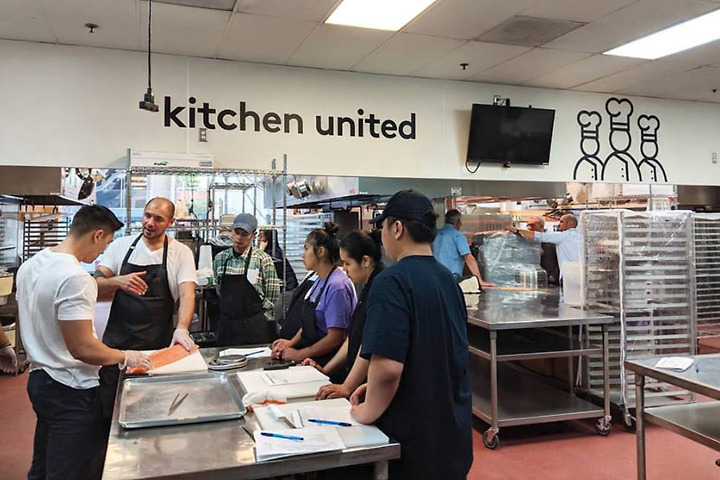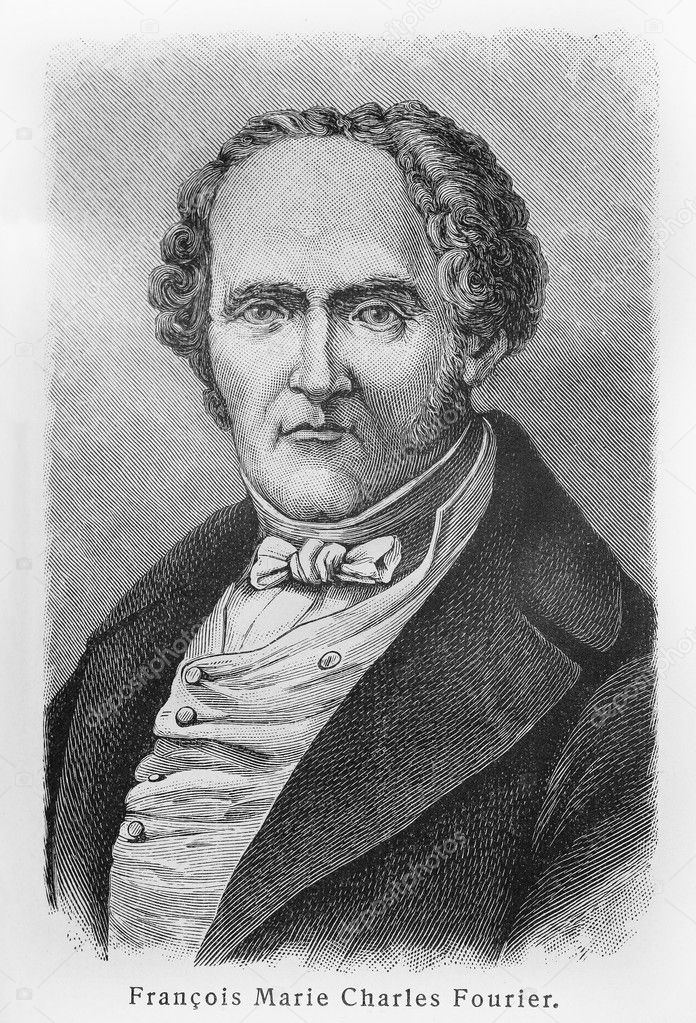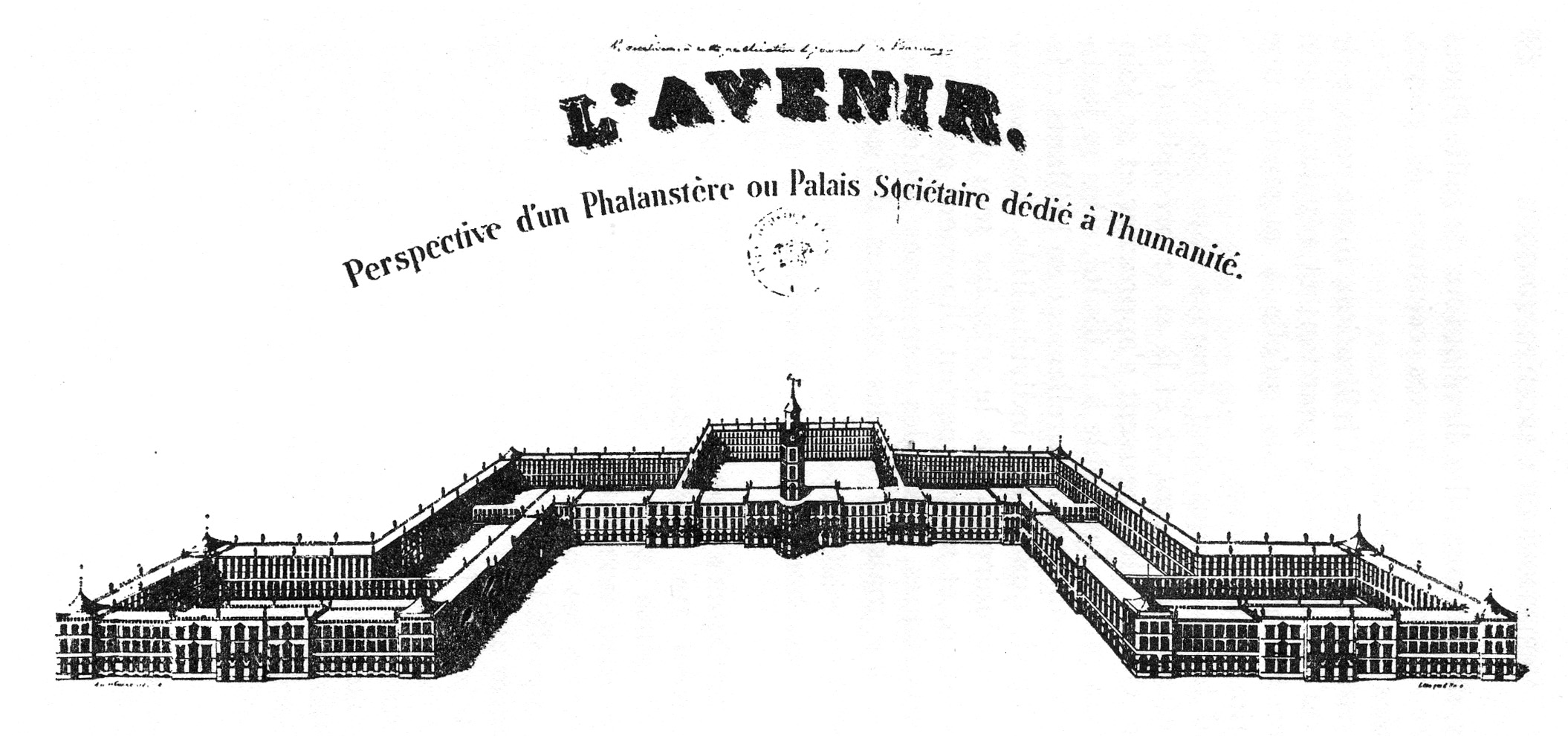List
Story > NEWS > Detail
[News] The Concept, Background and Development Process of Shared Kitchen
According to the National Institute of Korean Language's standard Korean dictionary, kitchen means "a room for making or setting up food." The word 'shared' is an expression of its behavioral status, which means sharing or sharing physical space. Common kitchen is also called by various names depending on its form, composition and characteristics. Sharing kitchen, communal kitchen, communal dining room, social kitchen, social kitchen, social dining, community kitchen, etc. The meaning of users meeting together to make or share food is all the same. However, the difference between actual use of the kitchen as a cooking area and eating cooked or prepared food in one place can vary depending on the actor's intentions and convenience, and the new social dinning, which is emerging as an increase in single-person households

Social Dining, which originated from the ancient Greek dining culture of "Symposion," refers to an opportunity to socialize with strangers through the medium of meals. It has become a popular part of party culture in the U.S. and Europe and is spreading among young people with the recent rise of single-person households. In particular, those who used to eat alone with instant food often get together by sharing their interests in "healthy eating." They operate primarily on an online platform or web service and may be one-time or anonymous as collateral.

Pot-luck, one of the home-style party cultures in the U.S. or Europe, is where participants bring food in the form of meal sharing, which is usually done during dinner time. This is also a kind of kitchen sharing, given that it is usually assumed that familiar relationships are already formed, and that organizers can ease the burden of preparation, and that participants can arrange time for exchange and communication while sharing various foods. In addition, the English expression community Kitchen is faithful to the basic function and secondary expected role of space. The National Community Café Network (Named コミカフェ) operated by the Long Life Social Culture Association (WAC), a Japanese public service division, defines community kitchen or community cafe as follows. 1 Free space where people meet, 2 Intersection of all information, 3 to make friends (expanding human networks), 4 The place where people meet the challenge of a better life. This is a definition of the functional aspect of space, as well as the location features. In this study, 'shared kitchen' is used as a term that covers both the function of the traditional cooking and cooking function and the concept of 'meeting' as a medium and the practical actions derived from it.

The roots of the common kitchen can be traced back to the social reform movement in France in the early 19th century. France's visionary socialist, François Marie Charles Fourier, said individualism and excessive competition make society immoral and proposed a collective residence in which the collective life of the community is realized. At that time, Fourier lived in the post-French Revolution period, where the monopoly, speculation and bribery of the up-and-coming bourgeoisie were used to amass their vast wealth, making the lives of the urban poor, including the workers, even worse. Those who had to bear even more poverty due to commercial capitalism and industrialization were the working class, while Fourier criticized the new bourgeois's hypocritical and deceptive attitude in the term "civilization." The object of Fourier's criticism is not a certain class or system, but one that has made it contradictory or contrary to natural order and transformed order into disorder. Fury set up a plan to create a community in Seine-et -Oise, believing that a harmonious development could be achieved through a passionate workforce (l'attraction p anionnelle) performing its role with enthusiasm.
The plan, called "Phalanstère," was a huge complex building that included restaurants, stalls, workplaces and kindergartens, as well as a joint effort to alleviate women's free labor choices and housework. Fourier's proposed "space of meeting, communicating and interacting" didn't materialize due to lack of funds, but in 1859, five years after his death, Jean-Baptiste André Godin, a businessman, built a family home for workers in Gise, northeast of Paris. Godin realized a common kitchen instead of having a kitchen in each residential unit, as was Fourier's plan, which greatly influenced him.

<Phalanstüre>
In Soviet Russia, which was a leading socialist country, the housing issue began to be discussed in accordance with the newly established socialist system with the 1917 revolution. For example, the basic form of Leningrad urban housing is Communica, which was a multi-family house where the government confiscated the bourgeois mansion, giving a certain area to the generation members who had no relation to any blood, and jointly using the kitchen, bathroom and toilet. Comunalka differs greatly from Western collective housing where private ownership is allowed in that it is a house where tenants are created by a state agency, and the maintenance and management of the houses shared by the power institution through its own representative was carried out. However, the space of communal life that most socialists had hoped for meant creating a 'common house' rather than a 'commonica.' The House of Commune was historically attempted to realize Soviet Russia's socialist ideological projects in the 1920s, with concepts derived from Fourier's Palenceter, but it was not implemented as a new space to meet the needs of the new social system. However, conceptual attempts to connect and communicate with individuals through the sharing of space have since affected the history and ways of many dwellings.
According to the National Institute of Korean Language's standard Korean dictionary, kitchen means "a room for making or setting up food." The word 'shared' is an expression of its behavioral status, which means sharing or sharing physical space. Common kitchen is also called by various names depending on its form, composition and characteristics. Sharing kitchen, communal kitchen, communal dining room, social kitchen, social kitchen, social dining, community kitchen, etc. The meaning of users meeting together to make or share food is all the same. However, the difference between actual use of the kitchen as a cooking area and eating cooked or prepared food in one place can vary depending on the actor's intentions and convenience, and the new social dinning, which is emerging as an increase in single-person households

Social Dining, which originated from the ancient Greek dining culture of "Symposion," refers to an opportunity to socialize with strangers through the medium of meals. It has become a popular part of party culture in the U.S. and Europe and is spreading among young people with the recent rise of single-person households. In particular, those who used to eat alone with instant food often get together by sharing their interests in "healthy eating." They operate primarily on an online platform or web service and may be one-time or anonymous as collateral.

Pot-luck, one of the home-style party cultures in the U.S. or Europe, is where participants bring food in the form of meal sharing, which is usually done during dinner time. This is also a kind of kitchen sharing, given that it is usually assumed that familiar relationships are already formed, and that organizers can ease the burden of preparation, and that participants can arrange time for exchange and communication while sharing various foods. In addition, the English expression community Kitchen is faithful to the basic function and secondary expected role of space. The National Community Café Network (Named コミカフェ) operated by the Long Life Social Culture Association (WAC), a Japanese public service division, defines community kitchen or community cafe as follows. 1 Free space where people meet, 2 Intersection of all information, 3 to make friends (expanding human networks), 4 The place where people meet the challenge of a better life. This is a definition of the functional aspect of space, as well as the location features. In this study, 'shared kitchen' is used as a term that covers both the function of the traditional cooking and cooking function and the concept of 'meeting' as a medium and the practical actions derived from it.

The roots of the common kitchen can be traced back to the social reform movement in France in the early 19th century. France's visionary socialist, François Marie Charles Fourier, said individualism and excessive competition make society immoral and proposed a collective residence in which the collective life of the community is realized. At that time, Fourier lived in the post-French Revolution period, where the monopoly, speculation and bribery of the up-and-coming bourgeoisie were used to amass their vast wealth, making the lives of the urban poor, including the workers, even worse. Those who had to bear even more poverty due to commercial capitalism and industrialization were the working class, while Fourier criticized the new bourgeois's hypocritical and deceptive attitude in the term "civilization." The object of Fourier's criticism is not a certain class or system, but one that has made it contradictory or contrary to natural order and transformed order into disorder. Fury set up a plan to create a community in Seine-et -Oise, believing that a harmonious development could be achieved through a passionate workforce (l'attraction p anionnelle) performing its role with enthusiasm.
The plan, called "Phalanstère," was a huge complex building that included restaurants, stalls, workplaces and kindergartens, as well as a joint effort to alleviate women's free labor choices and housework. Fourier's proposed "space of meeting, communicating and interacting" didn't materialize due to lack of funds, but in 1859, five years after his death, Jean-Baptiste André Godin, a businessman, built a family home for workers in Gise, northeast of Paris. Godin realized a common kitchen instead of having a kitchen in each residential unit, as was Fourier's plan, which greatly influenced him.

<Phalanstüre>
In Soviet Russia, which was a leading socialist country, the housing issue began to be discussed in accordance with the newly established socialist system with the 1917 revolution. For example, the basic form of Leningrad urban housing is Communica, which was a multi-family house where the government confiscated the bourgeois mansion, giving a certain area to the generation members who had no relation to any blood, and jointly using the kitchen, bathroom and toilet. Comunalka differs greatly from Western collective housing where private ownership is allowed in that it is a house where tenants are created by a state agency, and the maintenance and management of the houses shared by the power institution through its own representative was carried out. However, the space of communal life that most socialists had hoped for meant creating a 'common house' rather than a 'commonica.' The House of Commune was historically attempted to realize Soviet Russia's socialist ideological projects in the 1920s, with concepts derived from Fourier's Palenceter, but it was not implemented as a new space to meet the needs of the new social system. However, conceptual attempts to connect and communicate with individuals through the sharing of space have since affected the history and ways of many dwellings.



